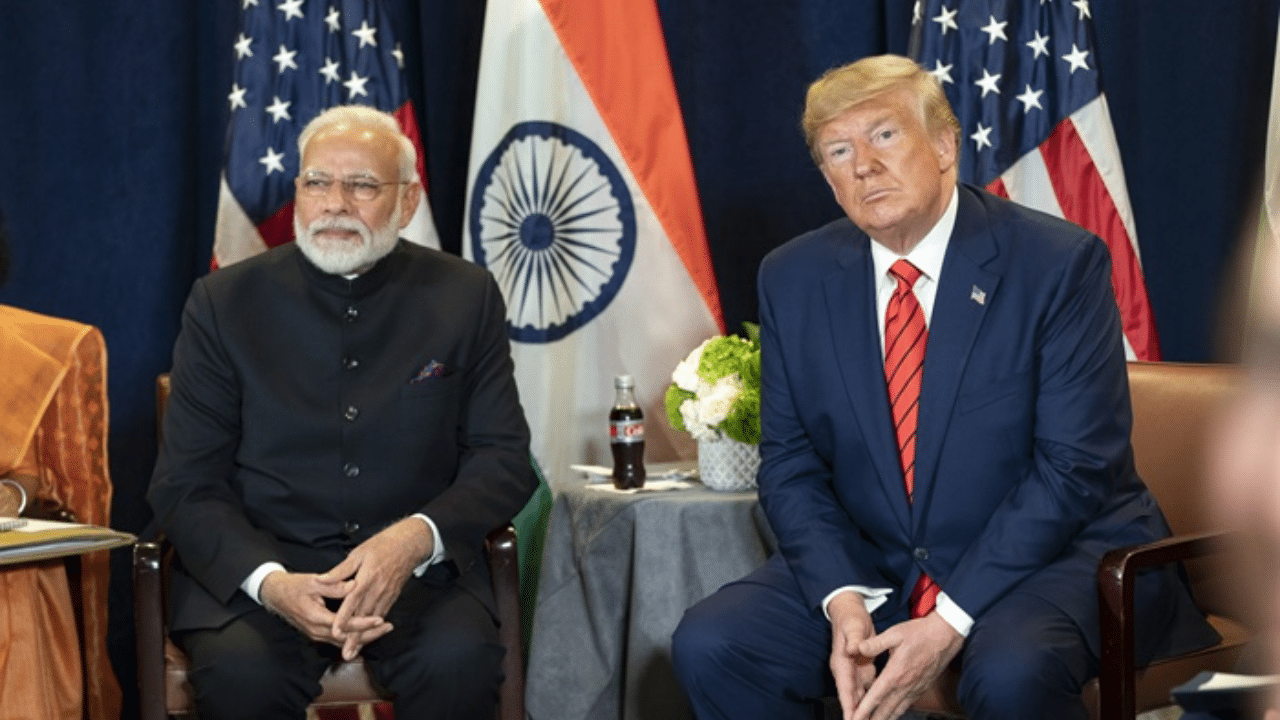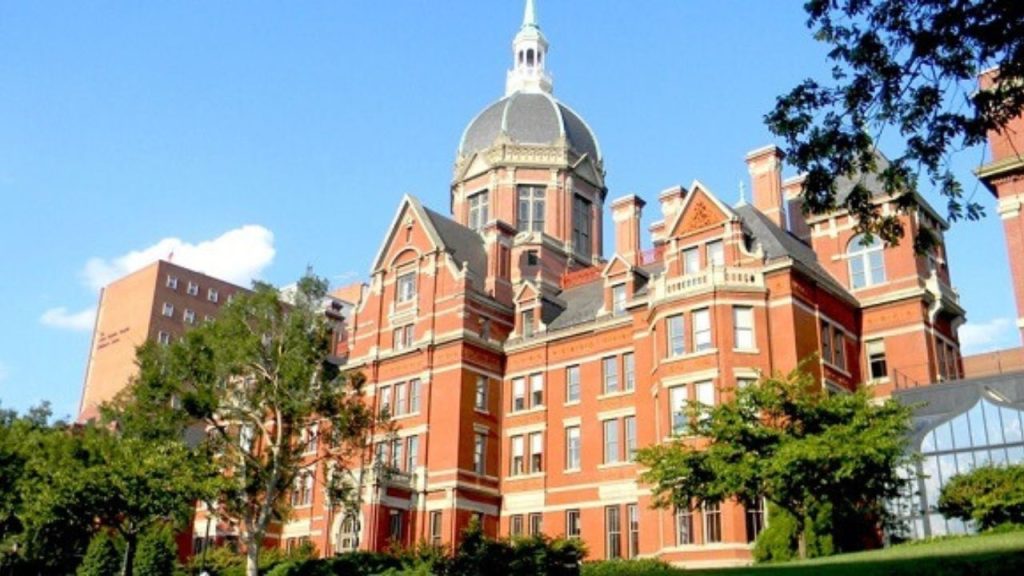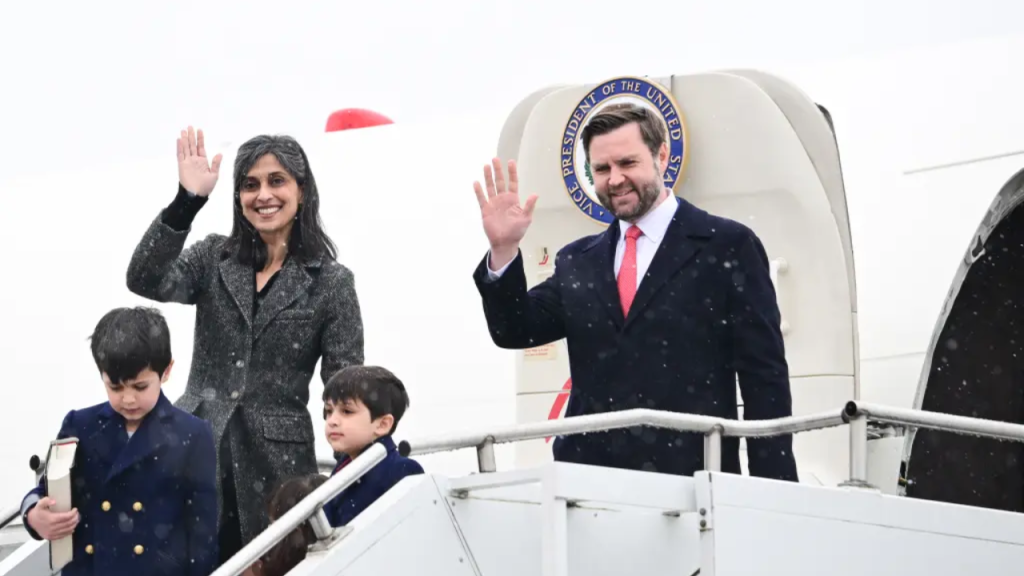Trump’s Second Term and U.S.-India Relations: A Path to Strengthened Ties

As Donald Trump embarks on his second presidential term, the focus will turn to recalibrating the U.S.-India relationship. Since President Bill Clinton, successive U.S. leaders have worked to strengthen ties with India, spanning trade, security, and technology. Trump’s return offers a chance to build on these foundations, especially in the areas of trade, immigration, and defense.
Trade will remain crucial, though contentious, given past disagreements over tariffs and trade imbalances. Both countries have significant trade interests, with India nearing a $4 trillion economy and presenting vast opportunities for American businesses. Trade discussions could address key issues such as agricultural tariffs, digital services taxes, and intellectual property protections, with India seeking greater market access, particularly for IT exports.
Immigration policies also pose challenges, notably with the H-1B visa restrictions that have affected skilled Indian workers. A refined immigration policy in Trump’s second term could boost high-skilled talent retention, crucial for U.S. competitiveness, especially in sectors like technology and healthcare. India’s professionals play a vital role in these industries, making this a critical issue for both nations.
Security-wise, the Indo-Pacific region remains a key focal point. The Quad—a strategic alliance between the U.S., India, Japan, and Australia—continues to address global challenges, including security concerns stemming from China’s assertiveness. With growing defense collaboration, the U.S.-India partnership is likely to strengthen through joint military exercises, intelligence sharing, and enhanced maritime patrols. Expanding defense trade and technology transfers could further solidify this alliance as a bulwark against China’s expanding influence.
Trump’s second term also aligns with India’s ambitions in manufacturing. Both nations are keen to reduce economic dependence on China, which opens the door for greater cooperation. With American companies showing increasing interest in India’s manufacturing sector, especially in electronics and pharmaceuticals, the collaboration could drive innovation. Policies encouraging joint ventures and technology transfers will be vital in advancing this agenda.
While the path forward is filled with challenges, the U.S.-India relationship is poised for significant growth in Trump’s second term. Balancing protectionist policies with global collaboration will require nuanced diplomacy, but with shared strategic interests and mutual economic goals, the future of U.S.-India relations appears promising.






No Responses